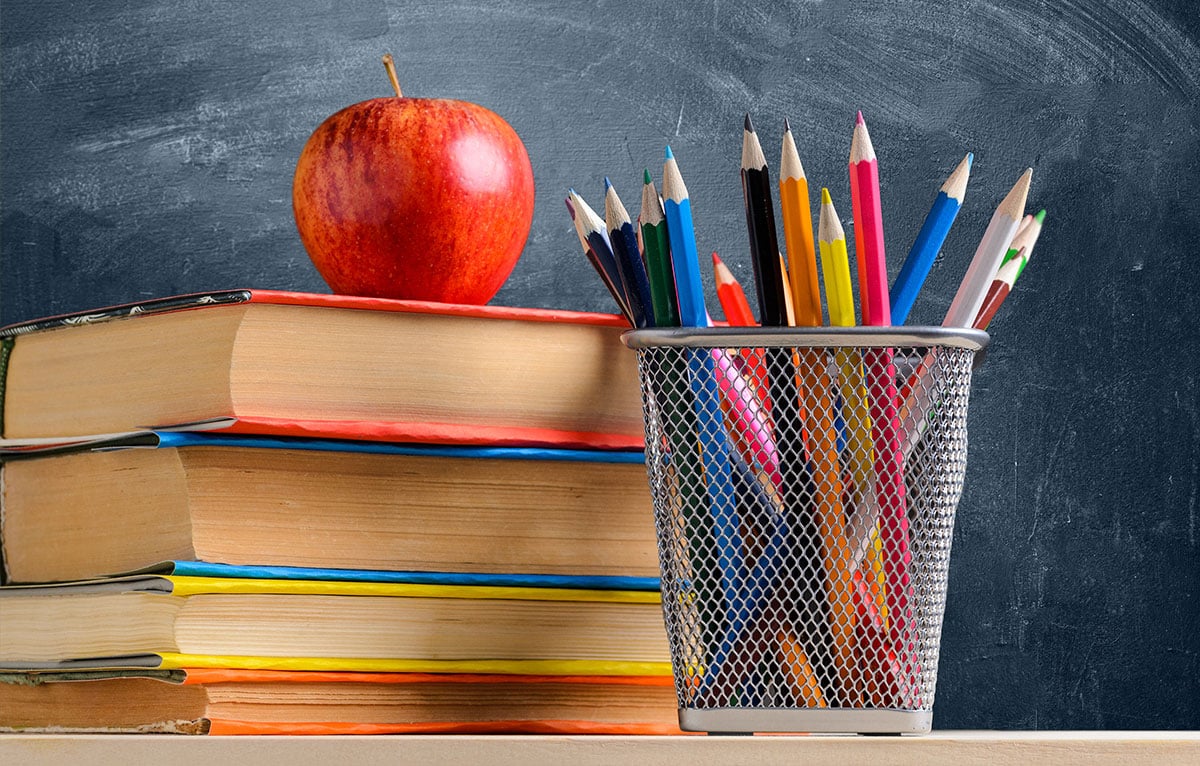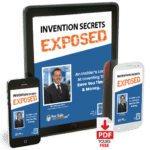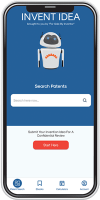Back to School Inventions

As August draws to a close and summer break is becoming a memory, millions of excited — and some not so excited — children are getting ready to go back to school. It’s like Christmas, only it isn’t, with school supplies at the top of everyone’s list.
In some ways, school hasn’t changed much from when our parents and grandparents were there. The buildings still look the same, most students still care more about recess than math, and teachers still work as hard as ever.
Through the years, many great inventions have found their way into classrooms, improving teacher and learner experience. As technology advances, new inventions will replace some old ones, and digitized classrooms will eventually become the norm. But computers and computerized equipment can’t do it all, and as long as there is a need for something, someone will come up with an invention to address it.
Here are some inventions that are so part of everyday school life, we wouldn’t be able to imagine a day without them.
The Blackboard or Chalkboard
For more than two centuries, the blackboard or chalkboard — which was often green, not black — was the most iconic feature in any classroom. Chalkboards are still used in many schools today, but are slowly being replaced by whiteboards — both the dry wipe type and more recently interactive whiteboards. The invention of the blackboard is credited to James Pillans (1778–1864), a Scottish headmaster who used a large piece of slate to help him teach geography lessons. Other sources indicate that an American teacher, Samuel Read Hall, invented the blackboard (and the blackboard eraser), somewhere between 1816 and 1823. This is questionable, but perhaps he managed to patent a version of the blackboard at that time.
The Fountain Pen and the Ballpoint Pen
First there were quill pens, then there were dip pens, both requiring an inkwell for dipping before you could write with them. Eventually the fountain pen was introduced with an internal ink reservoir. The first patent was probably awarded to Frederick Fölsch in 1809, but many others followed. Fountain pens were by no means perfect and leakage was often a problem. Many teachers must have heaved a sigh of relief when the ballpoint pen was eventually introduced.
The first ballpoint pen was invented and patented by John J. Loud in 1888, but the design needed refining and it didn’t take off. It was only in 1938 that László Bíró, a Hungarian-Argentinean inventor, managed to perfect and patent the ballpoint pen we’ve all come to know and love.
The 3-Ring Binder
We all know the humble 3-ring binder. Teachers and students have been using them for ages to organize and store projects, notes and documents printed or written on loose-leaf paper. The binder’s design is deceptively simple, and years later it hasn’t changed much. Perhaps the simplest designs are the ones that most often stand the test of time. (Much like the wheel, I guess.)
The 3-ring binder was apparently invented in Germany in 1886, but William P. Pitt improved on the design and was awarded the first U.S. patent in 1904.
The Calculator
A calculator becomes essential for math and science studies as students advance through the grades. It can be a very useful tool outside of school as well. The very first calculators looked quite different to the ones we use today, and one type of mechanical calculator was called a pinwheel calculator. It could only do addition, subtraction, multiplication and division, but that in itself was a miracle at the time. The first reference to a pinwheel calculator dates back to 1685, but the first design to be patented would only see the light almost 200 years later. In 1875, Frank Stephen Baldwin was awarded the first patent for a calculating machine.
Pencils and Erasers
We spend our first years at school writing with pencils. With the help of an eraser, it can be a very forgiving medium, boosting a child’s self-confidence as they perfect the craft of writing. The modern pencil was invented by a Frenchman, Nicolas-Jacques Conté, who patented his invention in 1795.
Before the creation of the first rubber eraser by Edward Nairne in 1770, people used pieces of kneaded bread to erase pencil marks. I bet today’s teachers are thankful those days are over!
Hymen Lipman brought the pencil and the eraser together, by creating the world’s first pencil with an eraser at the end. He managed to patent his design in 1858.
The Pencil Sharpener
And what are pencils without sharpeners? A dull pencil makes for messy work, which is no fun if you’re a teacher who has to mark the work.
The first mention of a pencil sharpener was in France in 1822, when a Mr. C.A. Boucher constructed one for his own needs. His ideas were widely known, but he never tried to patent his design. In 1828, Bernard Lassimonne, a French mathematician, was awarded the world’s first patent for a pencil sharpener, which he had designed. Today, every student who owns a pencil, probably has a pencil sharpener as well. And for those who forget their sharpeners at home, most classroom are equipped with large mechanical or electric sharpeners, leaving no excuse for a blunt pencil.
Correction Fluid
Correction fluid and correction tape may be banned from use during exams, but you’ll still find it in most pencil cases. It’s a lifesaver for students who like to keep their books tidy, and for teachers who do lots of admin. And if you’re rolling your eyes at this stage, thinking that it’s just another product that was invented by a man, think again.
Correction fluid was invented in 1956 by a woman. Bette Nesmith Graham was a typist, and not a very good one, so she looked for a way to cover up her mistakes. Bette was very artistic, and with her knowledge of paints she started concocting a mixture from fast-drying paint in her kitchen blender and poured it into nail polish bottles to use at work. There was a big demand for her product, and she spent a lot of time perfecting the formula. She initially wanted to call her company Mistake Out, but eventually settled on Liquid Paper and applied for a patent in 1958.
Are You Ready to Invent?
With millions of children enrolled at U.S. schools every year, there is a huge market for products that can enhance the school experience. And literally ANYONE can come up with the next million-dollar idea. It could be you… or me. Just put yourself in a child’s shoes. What would make going back to school a little more exciting, a little more fun?
I’m thinking of inventing a juice bottle with a divider in the middle, forming two compartments on the inside, so you could fill it with two different types of juice. Or with juice on the one side and milk the other. It should have a special cap that would allow you to select the side you want to drink from. Imagine the possibilities!
What will you invent for school?








